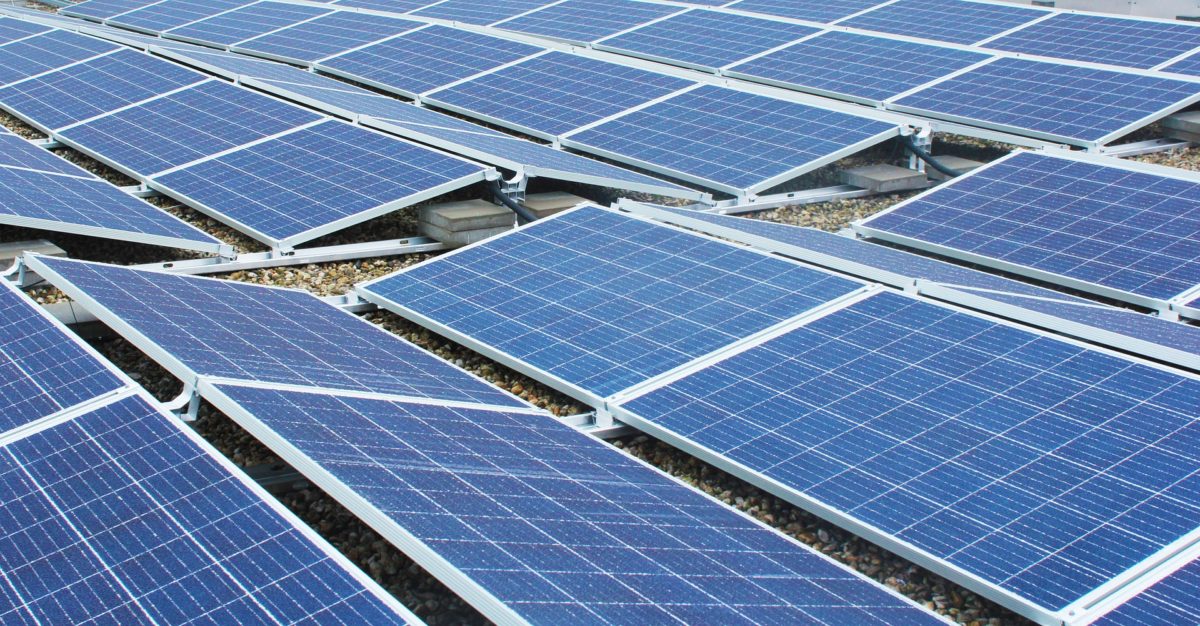Following its inaugural renewable energy auction last year, Serbia is preparing to launch a new round of procurement this year as it seeks to allocate premiums for at least 1 GW of wind and 300 MW of solar power.
Dubravka Djedovic Handanovic, Serbia’s mining and energy minister, said at the EBRD Western Balkans Investment Summit in London this week that Serbia will auction at least 400 MW of wind and solar power in 2024.
“Three-year auction plan for the period 2023-25, which we adopted last year, will secure at least 1,300 MW of new renewable energy capacity through private investments and by means of auctions and market premiums,” she said. “In our first three-year plan, we focused on large investments, because that is the only way we can progress faster in the energy transition process.”
In its first renewable energy auction, Serbia sought to allocate 50 MW of solar and 400 MW of wind power. The procurement exercise attracted 16 project proposals with a combined capacity of 816 MW.
The government said last August that the lowest bid for wind projects was €0.06448 ($0.070)/kWh and the lowest offer for PV reached €0.08865/kWh. The ceiling prices were €0.0105/kWh and €0.090/kWh, respectively. The selected developers will secure a 15-year contract for difference (Cdf).
Addressing the summit this week, the energy minister noted that investments in renewables are as important as the stability of supply. Last year, Serbia introduced an amendment to the Law on the Use of Renewable Energy Sources, under which suppliers are obliged to balance their production and take financial responsibility towards the transmission system operator for all deviations from planned and contracted obligations.
Popular content
“We are requiring bank guarantees to conclude connection contracts and in case the network cannot accommodate all projects seeking connection approvals, the investor has various options to secure additional capacity for balancing, such as battery energy storage systems,” said Djedovic Handanovic.
She said that Serbia is the first country in the region that has introduced the intraday electricity market and established a regional spot market together with Slovenia, which is soon to be joined by Hungary.
“Serbian is the first country in the Western Balkan region which has welcomed two fully merchant renewable energy projects,” she said. “This shows that new regulations have given predictability and security to investors.”
In January, the Serbian government secured an investment commitment from Chinese companies Shanghai Fengling Renewables and Serbia Zijin Copper to the tune of €2 billion, in what the Mining and Energy Ministry described as the biggest investment in renewable energy in the country to date. It envisages the construction of 1.5 GW wind and 500 MW of solar projects alongside a green hydrogen production facility with 30,000 tons of annual output.
According to the Association of Renewable Energy Sources of Serbia, the country has installed around 60 MW of solar. However, that figure is not exact, as there is no official registry for solar installed for self-consumption at this stage. Last April, Serbia switched on its largest utility-scale solar project, the 9.9 MW Delasol PV project in the Lapovo, central Serbia.
This content is protected by copyright and may not be reused. If you want to cooperate with us and would like to reuse some of our content, please contact: editors@pv-magazine.com.



2 comments
By submitting this form you agree to pv magazine using your data for the purposes of publishing your comment.
Your personal data will only be disclosed or otherwise transmitted to third parties for the purposes of spam filtering or if this is necessary for technical maintenance of the website. Any other transfer to third parties will not take place unless this is justified on the basis of applicable data protection regulations or if pv magazine is legally obliged to do so.
You may revoke this consent at any time with effect for the future, in which case your personal data will be deleted immediately. Otherwise, your data will be deleted if pv magazine has processed your request or the purpose of data storage is fulfilled.
Further information on data privacy can be found in our Data Protection Policy.